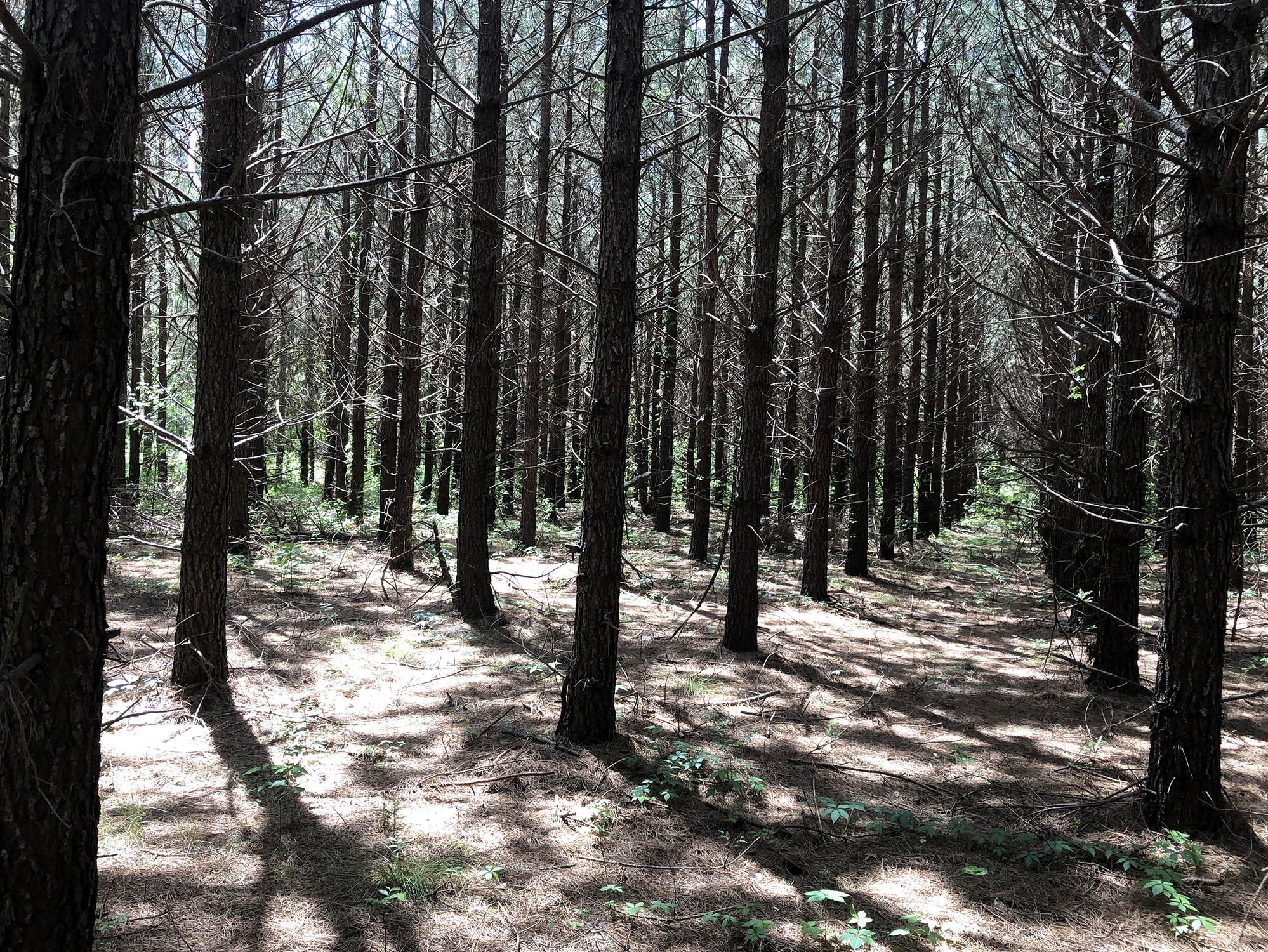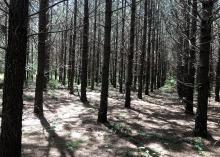Information Possibly Outdated
The information presented on this page was originally released on May 17, 2019. It may not be outdated, but please search our site for more current information. If you plan to quote or reference this information in a publication, please check with the Extension specialist or author before proceeding.
Adapt to changes in forestry markets
STARKVILLE, Miss. -- Since the downfall of the housing market in 2007 and the subsequent recession, stumpage prices have fallen for every sector of the pine forestry market for pulpwood, chip-and-saw and sawtimber.
Fortunately, there has been substantial recovery in south Mississippi fueled by the variety of mills covering the entire range of wood products from pellets for shipment to Europe to pine construction lumber and structural-grade dimension products. In contrast, north Mississippi has faced the closure of pulp and paper mills, dramatically reducing the outlets for small-diameter trees typically used by the pulp and paper industry.
In the past, pine plantings were based on markets that used the material at a number of ages and sizes. Initial plantings consisted of 700 to 800 trees per acre, knowing that many seedlings would not survive through the first year due to a combination of poor seedling quality and herbaceous competition. The larger planting volume allowed for a 25% to 30% mortality loss while still leaving enough seedlings for a successful stand.
As the trees matured, it was apparent that an early thinning would be needed to remove excess trees to allow for continued acceptable growth of the remaining pines. First thinnings in pine stands were known as pulpwood thinnings, as they consisted of smaller trees suitable for the production of pulp and paper products.
These thinnings not only generated intermediate revenue for landowners, but also provided additional space needed for remaining trees to grow larger. In addition, they eliminated stress brought on by tree-to-tree competition. However, the lack of a pulpwood market, along with low stumpage values in north Mississippi, made landowners reluctant to sell while they awaited a quick price recovery.
The unfortunate aspect of this type of thinking is the realization that these stands will continue to grow, but at a much slower rate, and any poorer quality material would be unsuitable to possible higher valued products. Additionally, this thinking only results in a continued build-up of surplus standing timber. In the worst-case scenario, these un-thinned stands become stressed to the point that they may fall prey to insects, such as the southern pine beetle.
Stands that were thinned several years ago are in considerably better shape. Many are ready to be thinned for the second time for small logs that fall into the chip-and-saw market. Or the trees can be left to grow in hopes that they will make sawtimber size and quality, thus resulting in higher returns.
Because of the surplus standing timber on the market, each stand should be carefully examined to determine if the remaining trees will be capable of making the quality grade needed for a sale in a highly competitive market. If not, then the best choice would be to liquidate the stand, thus getting the most for the stand at that point.
If landowners harvest the stands, they must consider making changes to adapt to changing markets. An obvious change would be a new planting strategy to allow excellent quality-grade growth on fewer trees per acre through both genetics, arrangement of planted trees and intensive management.

Editor’s Note: Extension Outdoors is a column authored by several different experts in the Mississippi State University Extension Service.



